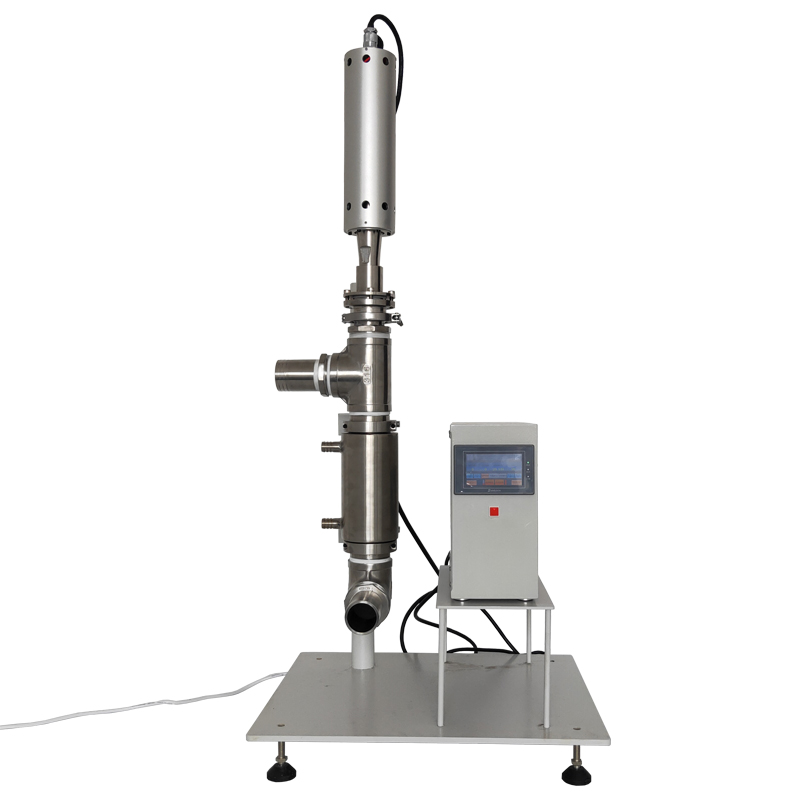Nano particles have small particle size, high surface energy, and have a tendency to spontaneously agglomerate. The existence of agglomeration will greatly affect the advantages of nano powders. Therefore, how to improve the dispersion and stability of nano powders in liquid medium is very important Research topics.
Particle dispersion is an emerging edge subject developed in recent years. The so-called particle dispersion refers to the process of separating and dispersing powder particles in a liquid medium and uniformly distributed throughout the liquid phase, which mainly includes three stages of wetting, de-agglomeration and stabilization of dispersed particles. Wetting refers to the process of slowly adding powder to the vortex formed in the mixing system, so that the air or other impurities adsorbed on the surface of the powder are replaced by liquid. De-agglomeration refers to dispersing aggregates of larger particle size into smaller particles by mechanical or super-growing methods. Stabilization refers to ensuring that the powder particles maintain a long-term uniform dispersion in the liquid. According to the different dispersion methods, it can be divided into physical dispersion and chemical dispersion. Ultrasonic dispersion is one of the physical dispersion methods.
Ultrasonic dispersion method:
Ultrasound has the characteristics of short wavelength, approximately straight propagation, and easy energy concentration. Ultrasound can increase the chemical reaction rate, shorten the reaction time, and increase the selectivity of the reaction; it can also stimulate chemical reactions that cannot occur without the presence of ultrasonic waves. Ultrasonic dispersion is to directly place the particle suspension to be processed in the super-generation field, and treat it with ultrasonic waves of appropriate frequency and power. It is a high-intensity dispersion method. The mechanism of ultrasonic dispersion is generally believed to be related to cavitation. The propagation of ultrasonic waves takes the medium as the carrier, and there is an alternating period of positive and negative pressure during the propagation of ultrasonic waves in the medium. The medium is squeezed and pulled under alternating positive and negative pressures. When ultrasonic waves with a sufficiently large amplitude are applied to the liquid medium to maintain a constant critical molecular distance, the liquid medium will break and form microbubbles, which further grow into cavitation bubbles. On the one hand, these bubbles can be re-dissolved in the liquid medium, or they may float up and disappear; they may also collapse from the resonance phase of the ultrasonic field. Practice has proved that there is a suitable super-generation frequency for the dispersion of suspension, and its value depends on the particle size of the suspended particles. For this reason, fortunately, after a period of superbirth, stop for some time and continue superbirth to avoid overheating. Cooling with air or water during superbirth is also a good method.
Media Contact
Company Name: Hangzhou Precision Machinery Co. Ltd
Email: Send Email
Phone: 0086-13600541971
Country: China
Website: https://www.hzpmsonic-en.com/

